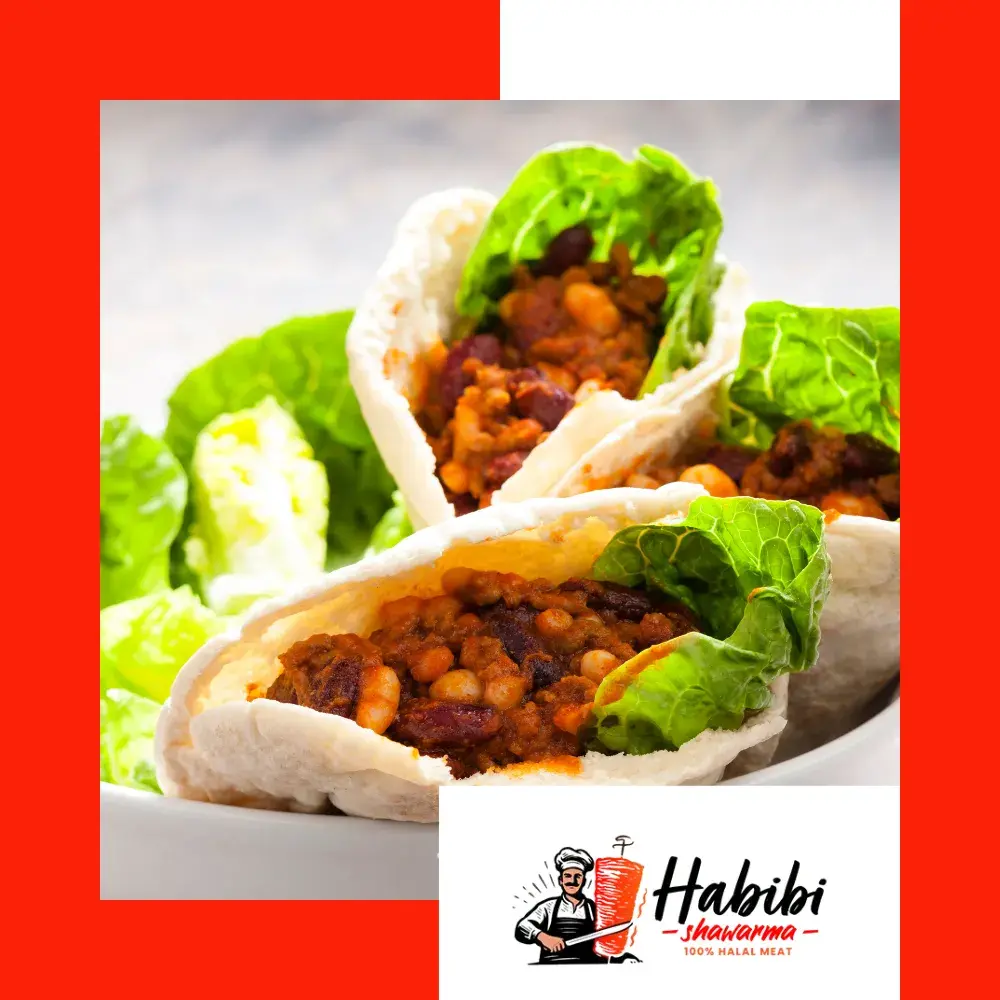The Origins of Pita Bread in Middle Eastern Culture
Pita bread, a staple of Middle Eastern cuisine, has ancient roots tied to the early civilizations of the region. Evidence of bread-making in the Middle East dates back thousands of years, with pita emerging as one of the earliest forms of bread. Its simplicity, using basic ingredients like flour and water, made it accessible and easily integrated into everyday meals. Over time, pita became more than just food—it symbolized sustenance and community, gaining an iconic status in Middle Eastern households and shaping the culinary traditions that continue today.
Pita as a Foundation of Traditional Dishes
Across Middle Eastern cultures, pita bread plays a key role as a foundation for countless traditional dishes. Its unique pocket, formed when the bread bakes, makes it ideal for stuffing with meats, vegetables, and sauces, transforming it into a versatile meal component. From falafel to shawarma, pita enhances these beloved dishes, adding texture and substance. Served warm and soft, pita is often used to scoop dips like hummus and baba ghanoush, emphasizing its flexibility and adaptability in Middle Eastern cuisine.
Rituals and Symbolism in Historical Meals
Pita bread holds deep symbolic significance, especially during gatherings and feasts in Middle Eastern culture. Historically, sharing pita bread at the table represented more than just nourishment; it symbolized unity and mutual respect. In traditional settings, family members would break and share pita, reinforcing bonds within the community. This practice of communal eating not only enriched relationships but also embedded pita bread as a central element in the customs and rituals that define Middle Eastern culinary heritage. Pita became a shared experience, symbolizing gratitude and togetherness.
Enduring Legacy of Pita in Modern Middle Eastern Cuisine
Today, pita bread remains an integral part of Middle Eastern meals, cherished for its history and versatility. As modern Middle Eastern cuisine gains popularity worldwide, pita has also found its way onto international tables, preserving its cultural essence. Contemporary chefs often incorporate pita in innovative dishes while respecting its traditional roots, ensuring the bread’s enduring legacy. Whether enjoyed with classic Middle Eastern flavors or fused with global cuisines, pita continues to be celebrated as a symbol of Middle Eastern culture and culinary artistry.
Learn More
How Pita Bread Became a Cultural Staple in Middle Eastern Society
The Role of Pita Bread in Middle Eastern Festivals and Traditions

